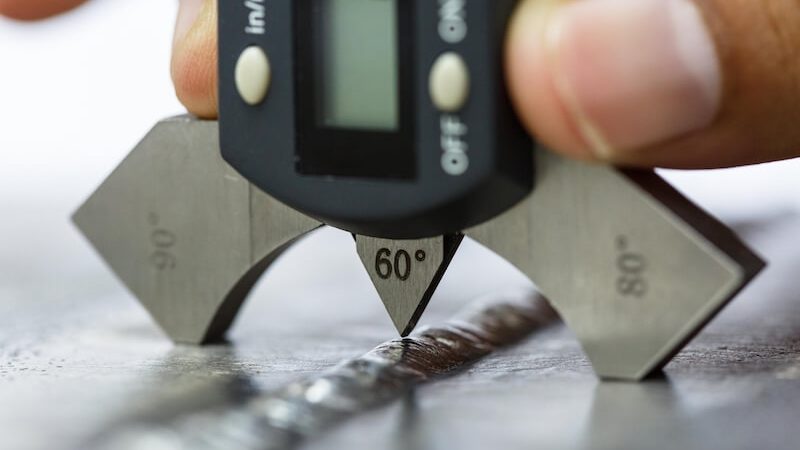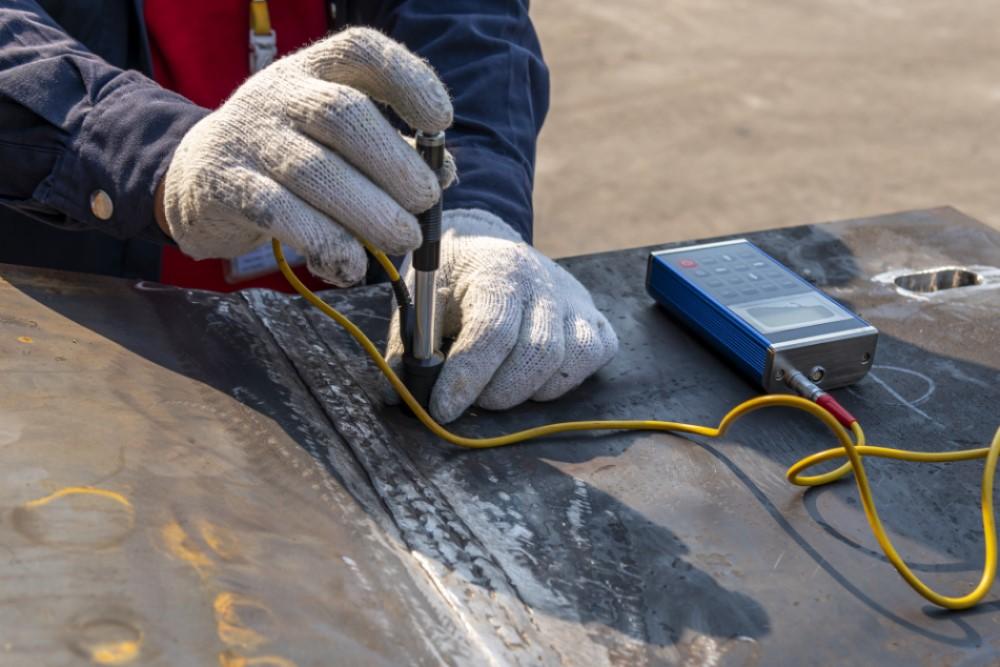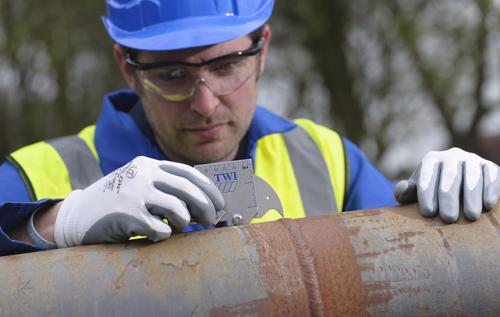Reputable Houston Welding Inspection for Compliance and Safety Criteria
Exploring the Basics of Welding Assessment: A Thorough Exam of Processes, Devices, and the Value of Quality Control in Welding Industries
Welding inspection serves as a foundation in the maintenance of safety and security and architectural integrity throughout numerous sectors. Understanding the implications of these practices raises crucial inquiries about their effectiveness and the future direction of quality assurance in welding.
Importance of Welding Inspection
Welding evaluation plays a critical role in ensuring the integrity and safety of bonded frameworks. It acts as an organized approach to assessing weld high quality, identifying potential defects, and ensuring conformity with well established criteria and specs. The significance of welding inspection extends past simple adherence to laws; it is critical in protecting human lives and shielding investments in framework.
Malfunctioning welds can cause devastating failings, resulting in significant financial losses, injury, or loss of life. Therefore, strenuous inspection procedures are important to detect concerns such as insufficient infiltration, porosity, or fractures before they intensify into crucial failings. Furthermore, effective welding assessment adds to the total efficiency and longevity of structures, guaranteeing that they can endure the problems for which they were designed.
Additionally, the execution of welding examination cultivates a society of top quality and accountability within the welding sector. By prioritizing assessment, organizations show their dedication to excellence, consequently boosting their credibility and competition in the marketplace. Inevitably, welding evaluation is not merely a step-by-step step however a fundamental element of design integrity and safety and security assurance, essential for the effective implementation of welding projects across different sectors.
Secret Inspection Processes
A detailed strategy to welding evaluation includes numerous crucial procedures that are necessary for making certain weld quality and structural stability. The very first essential procedure is visual evaluation, which enables examiners to recognize surface area defects such as cracks, porosity, and improper grain appearance. This method functions as an initial evaluation to ensure that the weld meets defined criteria.

Additionally, destructive screening might be executed on example welds to analyze their mechanical residential or commercial properties and performance under tension. This process involves influence, exhaustion, and tensile testing to validate that the weld can hold up against operational conditions.
Last but not least, paperwork and reporting are important elements of the inspection procedure. Keeping precise records of assessments, monitorings, and test results assists make certain compliance with sector criteria and assists in regular renovation in welding techniques. Collectively, these key procedures develop the backbone of reliable welding assessment and quality control.
Devices for Weld Examination
Various devices are necessary for efficient weld evaluation, each created to evaluate various elements of weld quality and efficiency. Among one of the most commonly used are aesthetic evaluation devices, including magnifying glasses and borescopes, which make it possible for examiners to identify surface area defects such as splits, porosity, and improper combination.
Additionally, ultrasonic screening (UT) tools is vital for spotting inner defects. This device employs high-frequency sound waves to expose discontinuities within the weld, guaranteeing the stability of the product. Radiographic testing (RT) devices, which utilize X-rays or gamma rays, likewise give insight useful site into the interior framework of welds, permitting for the recognition of voids or additions.
For specific dimensions, calipers and determines play a substantial duty in establishing weld dimensions and ensuring adherence to specified tolerances. Hardness testers review the mechanical residential or commercial properties of the weld, guaranteeing it meets performance standards.

Strategies for Examining Quality
How can the top quality of welds be dependably evaluated? A selection of methods are utilized to assess weld honesty and make sure adherence to defined requirements. Visual examination is the most essential method, permitting inspectors to determine surface area issues such as fractures, porosity, or undercutting. This non-destructive strategy serves as a preliminary assessment before advanced approaches are utilized.
Ultrasonic testing (UT) is one more popular technique that makes use of high-frequency acoustic waves to find interior imperfections within the weld. Houston Welding Inspection. This technique gives a detailed sight of the weld's stability without endangering its architectural integrity. On top of that, radiographic screening (RT) uses X-rays or gamma rays to reveal interior defects, providing detailed insights into weld top quality
Magnetic bit testing (MT) is effective for discovering surface area and near-surface suspensions in ferromagnetic products, utilizing electromagnetic fields and colored fragments to highlight issues. Finally, dye penetrant testing (PT) can be utilized to uncover surface-breaking defects by applying a color that permeates right into fractures and is ultimately disclosed.
Compliance With Industry Criteria
Compliance with industry standards is critical for making sure the high quality and security of welded frameworks. These criteria, developed by organizations such as the American Welding Society (AWS) and the American National Standards Institute (ANSI), supply guidelines that govern the welding process, materials, and examination protocols. Abiding by these criteria not just makes certain the structural honesty of welds however also mitigates threats linked with failures that could lead to tragic effects.

Welding inspectors are entrusted with verifying compliance with these standards throughout the welding process (Houston Welding Inspection). This entails examining welding procedures, checking welder certifications, and conducting complete assessments of the final item. Non-compliance can lead to considerable financial effects, task delays, and damages to a company's track record
Regular training and updates on criteria are crucial to maintain workers informed and skilled, making certain that all facets of welding operations fulfill or exceed regulative requirements. Ultimately, dedication to market standards offers as a foundation for quality in the welding market, advertising safety and security and integrity in welded structures.

Verdict
In final thought, welding evaluation serves as a critical component in keeping the security and stability of bonded structures. Adherence to market criteria guarantees compliance and promotes a culture of top quality within the welding market.
Moreover, the application of welding inspection cultivates a society of high quality and liability within the welding industry. Inevitably, you can try these out welding assessment is not just a procedural action but a basic component of design honesty and security guarantee, vital for the successful implementation of welding projects across various industries.
A comprehensive strategy to welding assessment involves numerous essential procedures that are important for guaranteeing weld quality and architectural integrity. These criteria, established by companies such as the American Welding Society (AWS) and the American National Requirement Institute (ANSI), supply standards that govern the welding procedure, products, and examination protocols.Welding inspectors are tasked with verifying compliance with these standards throughout the welding procedure.